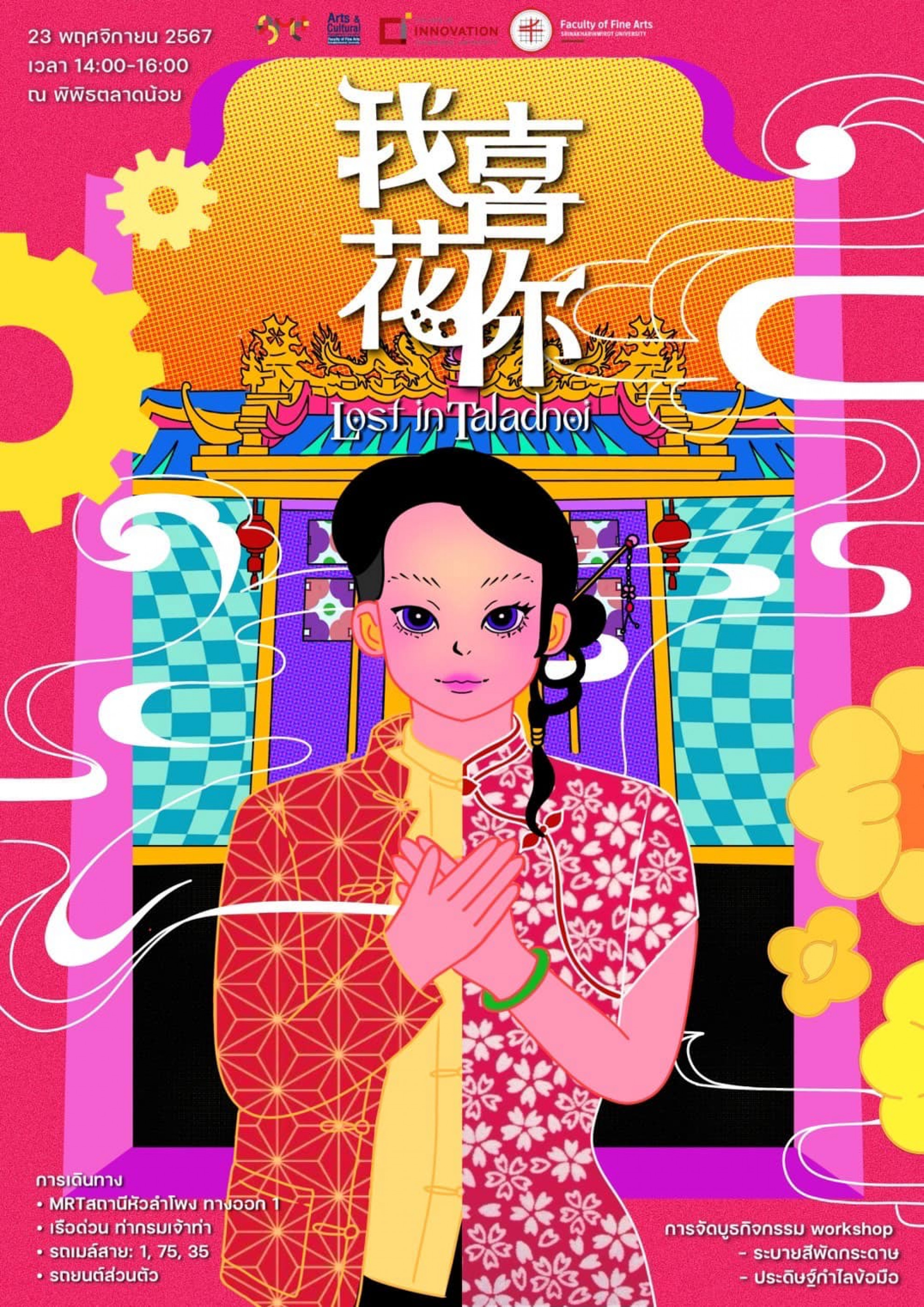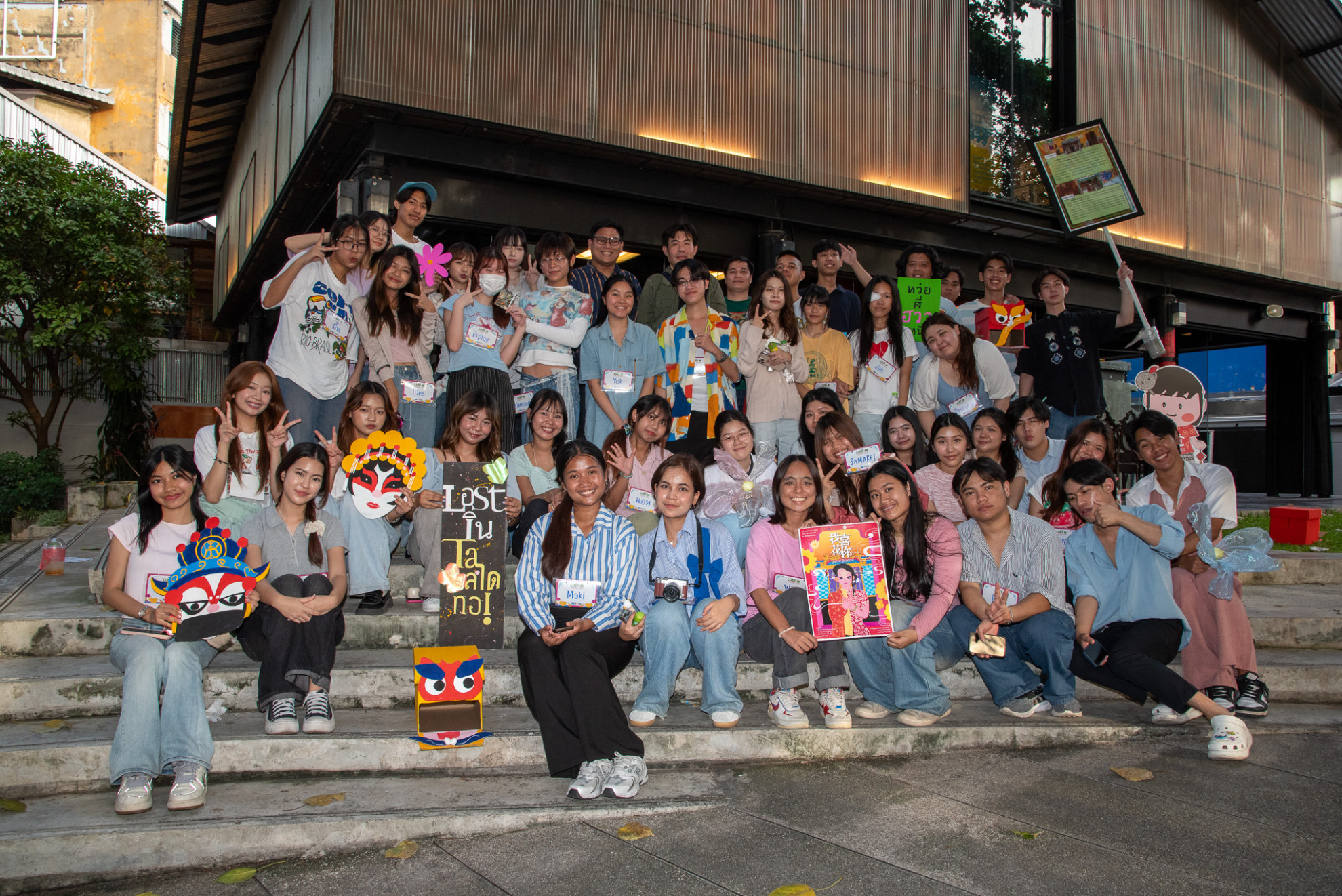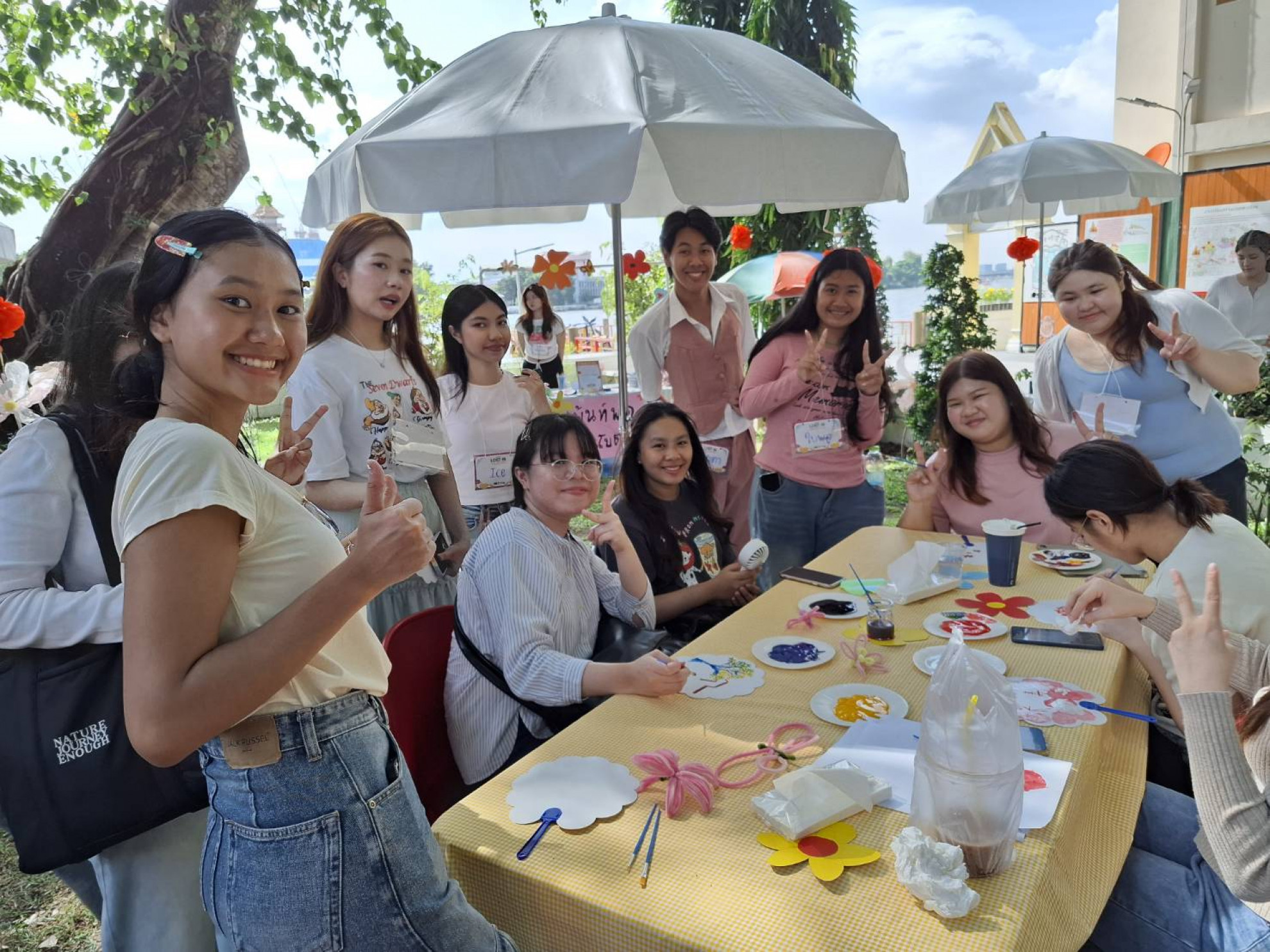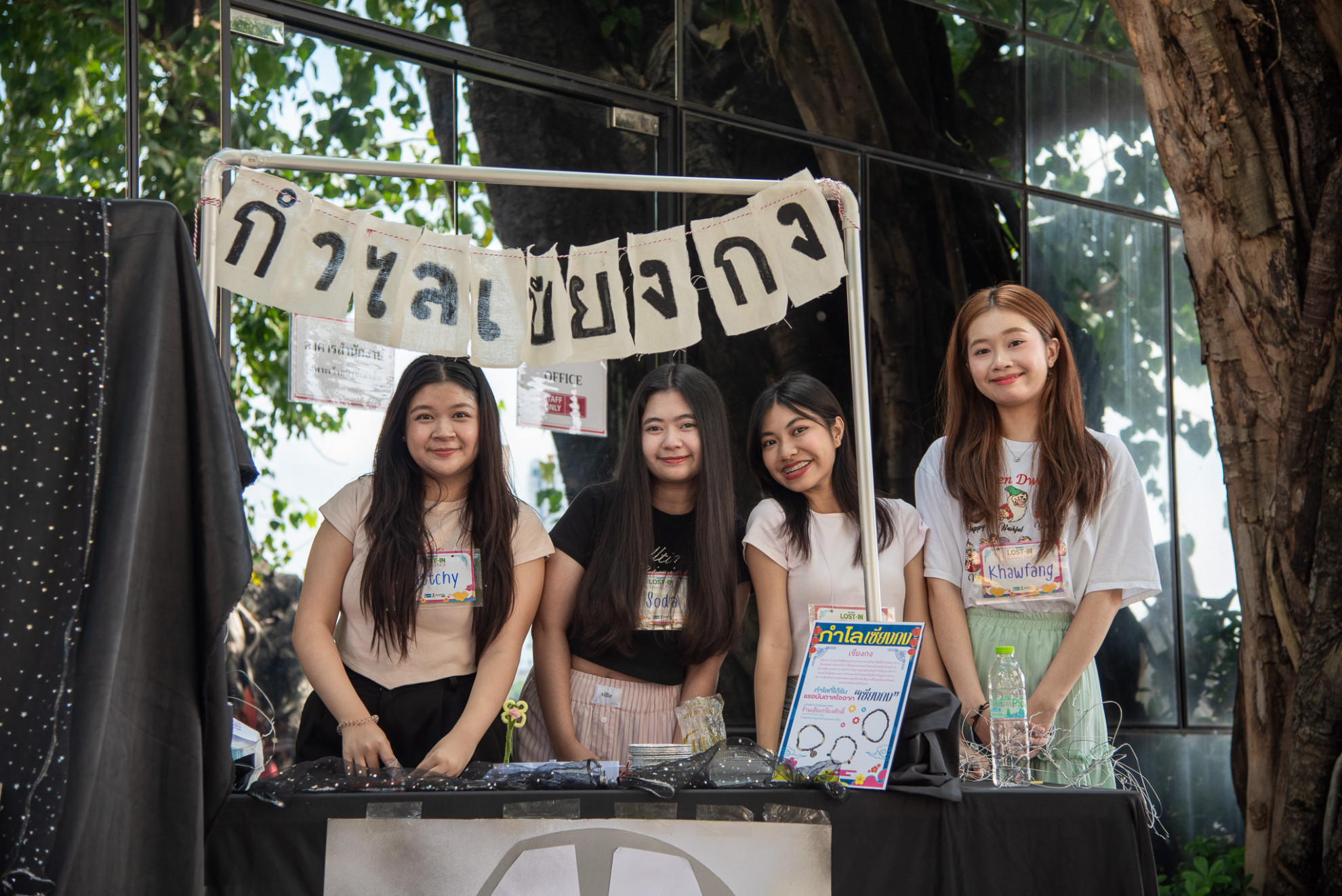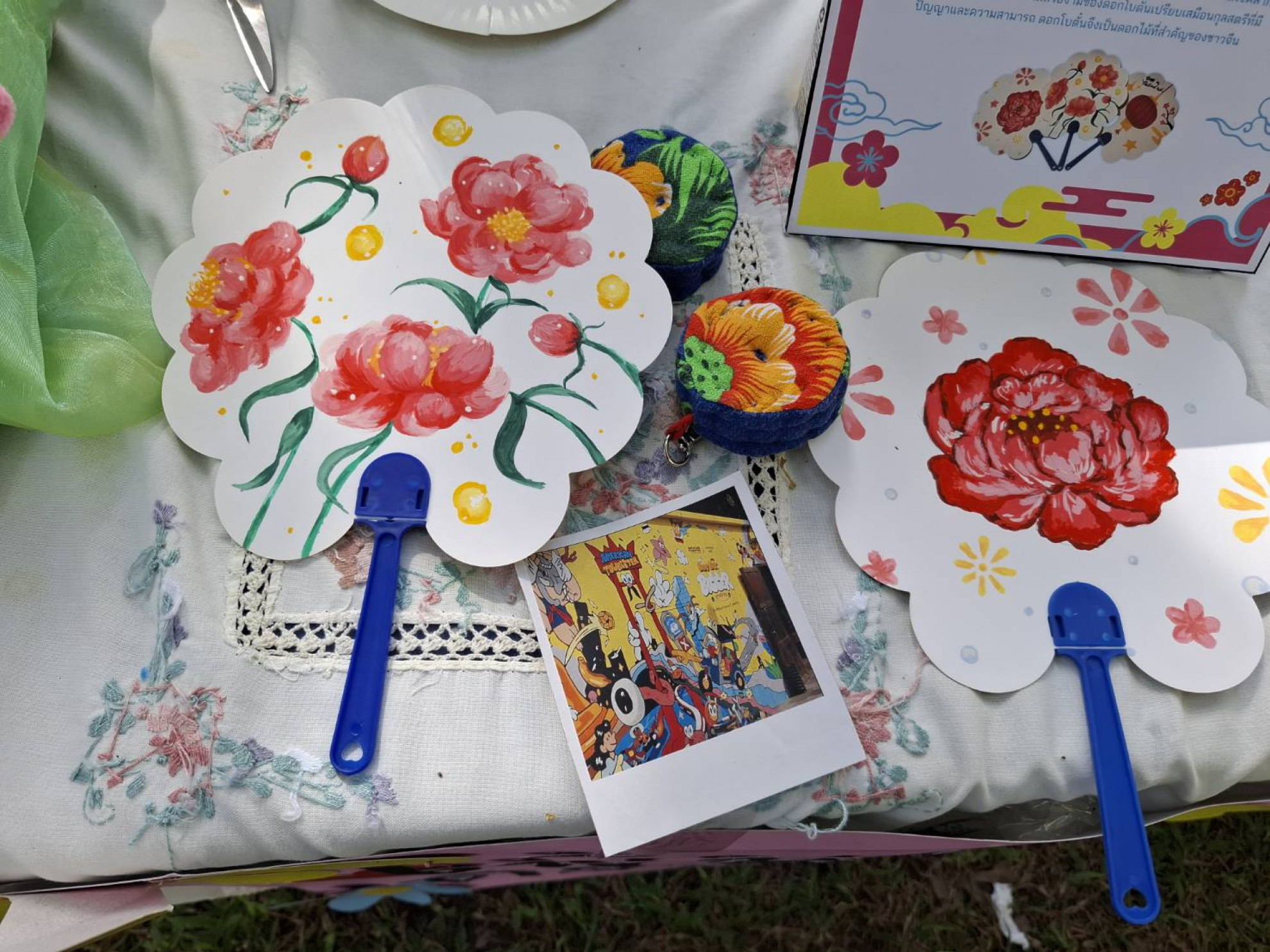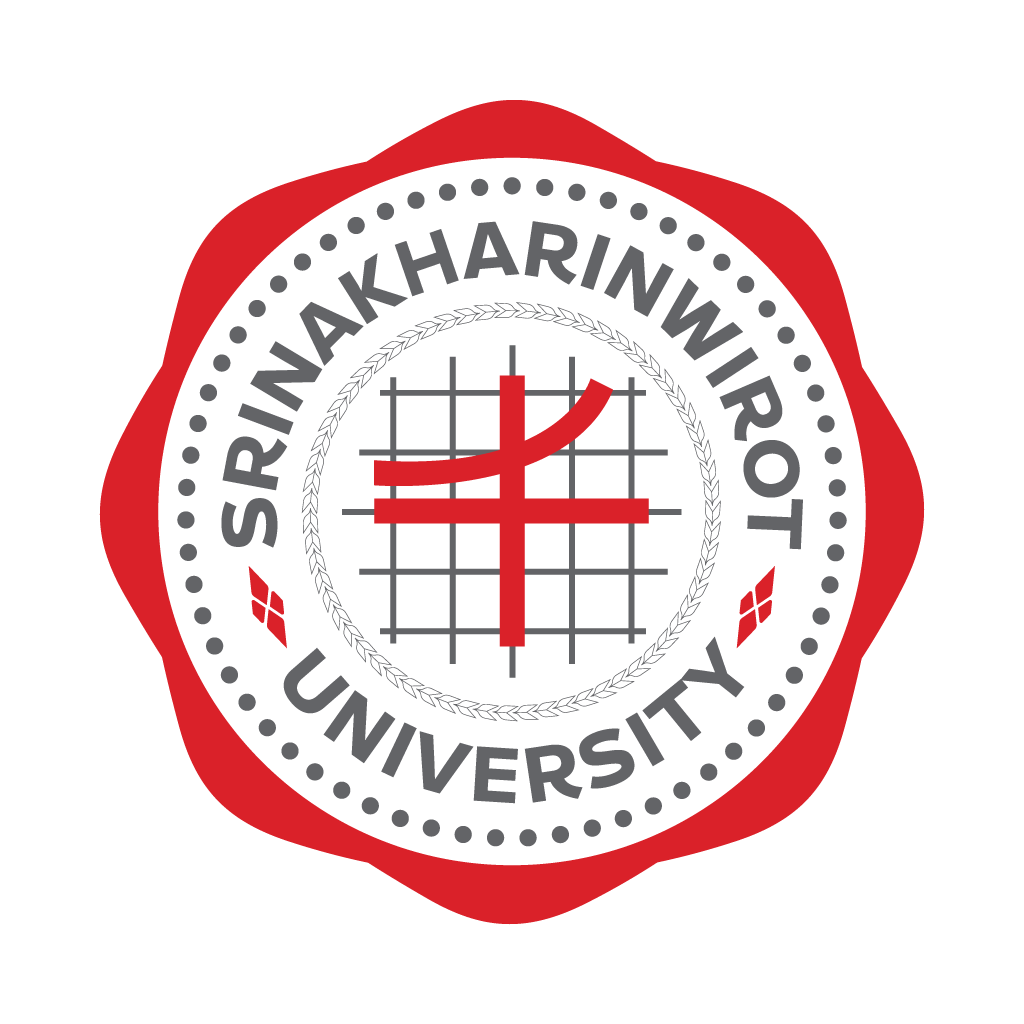





| Target | Indicator | Result |
|---|---|---|
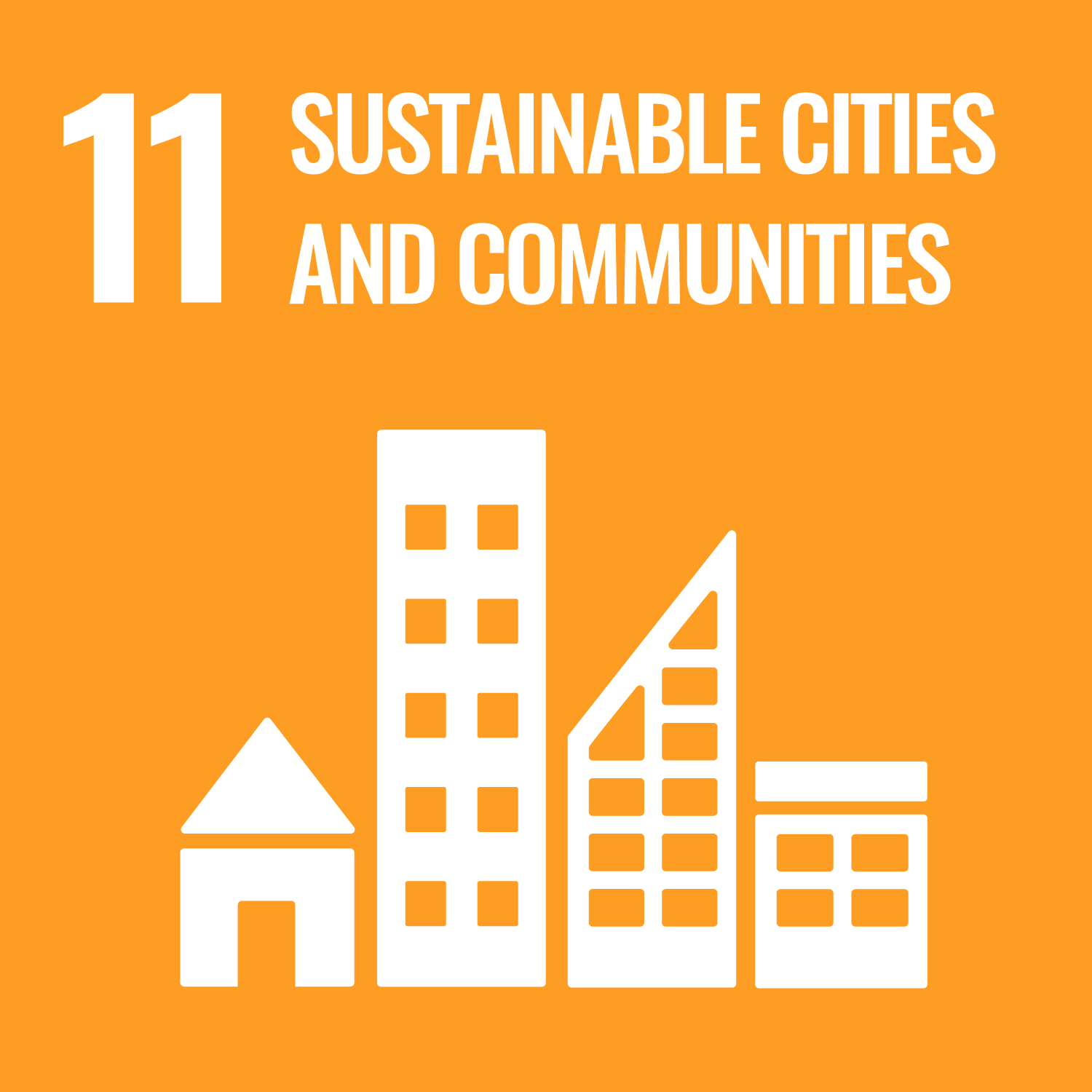
SDG 11
SUSTAINABLE CITIES AND COMMUNITIES
|
||
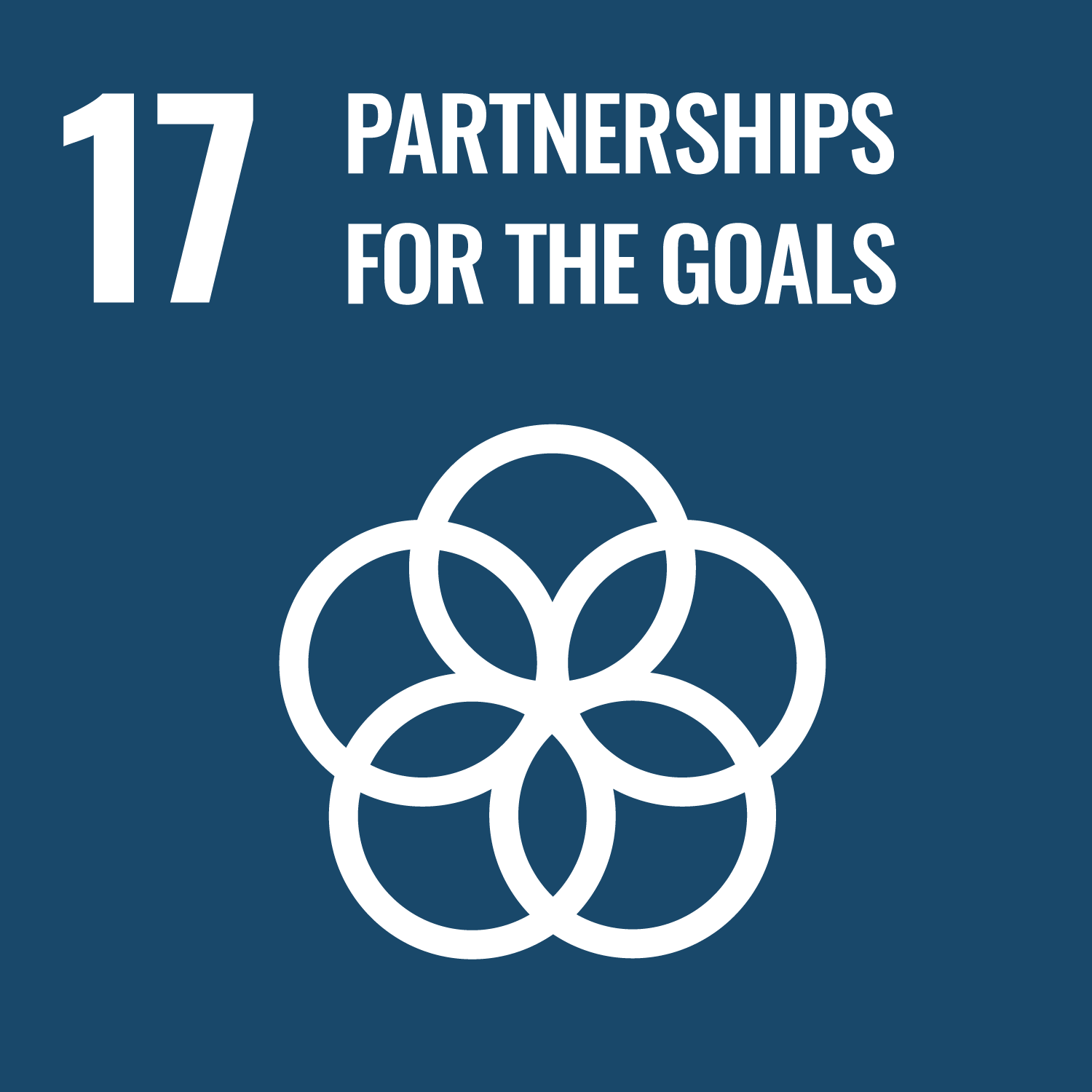
SDG 17
PARTNERSHIPS FOR THE GOALS
|
||
The Lost in Talad Noi Project was initiated by the Arts and Cultural Management Innovation Program, Faculty of Fine Arts, Srinakharinwirot University, in collaboration with the Management Cultural Heritage and Creative Industries Program, College of Innovation, Thammasat University. This project aims to: 1. raise awareness and promote the cultural heritage of the Talad Noi community; 2. achieve sustainable management of the Talad Noi community's cultural heritage; and 3. preserve the value of the Talad Noi community's cultural heritage for maximum benefit.
In the 21st century, an era replete with technological, innovative, social, and environmental changes, the advent of these transformations and advancements has resulted in the fading of traditions and cultural identity that exist in Thailand. Talad Noi community is an ancient community with a long-standing history, as well as distinctive cultural characteristics that serve as its identity, particularly the cultural diversity encompassing both tangible and intangible cultural heritage. Tangible cultural heritage includes Chao Su Kong Shrine, Hong Wong Kung Shrine, and Sow Heng Tai House, among others. Intangible cultural heritage includes the traditional craftsmanship of making worship cushions (boh wai jao), which has been passed down since World War II, and "Siang Gong," the renowned second-hand auto parts trading culture of the Talad Noi community. These are all cultural heritage assets present in the Talad Noi community that are gradually disappearing over time. If people do not properly manage cultural heritage, lack awareness of its value, and fail to conserve, preserve, or develop cultural heritage for continuity, these assets will be lost.
The project team therefore recognized and perceived the importance of this cultural heritage by managing and transmitting the cultural heritage of the Talad Noi community through organizing the exhibition 我喜花你 (Wo xi hua(n) ni) Lost in Talad Noi, which relied on cooperation from all stakeholder sectors, including students from Srinakharinwirot University, students from Thammasat University, community members, community entrepreneurs, community leaders, as well as government and private sector agencies, all serving as essential mechanisms for managing the community's cultural heritage to ensure its sustainable continuity.
This project demonstrates that people in the Talad Noi community and related stakeholders have developed awareness, recognized the value, and understood the importance of cultural heritage. Furthermore, they are able to utilize the existing cultural capital within the community to achieve maximum benefit and sustainability.
